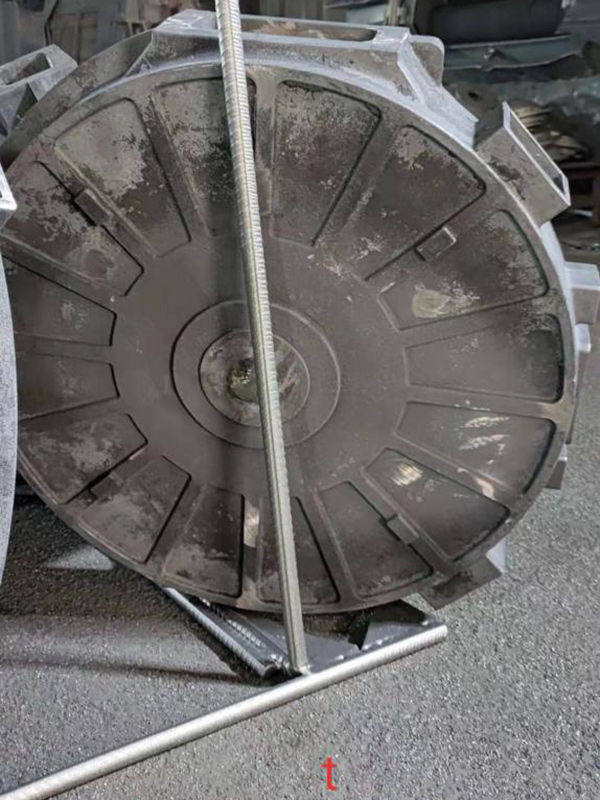Materials Used in Sand Casting
Sand casting is one of the oldest and most widely used manufacturing processes in the metalworking industry. This process involves the creation of a mold from a mixture of sand and a bonding agent, into which molten metal is poured to form the final product. The materials used in sand casting play a crucial role in determining the quality and characteristics of the cast components.
The primary material in sand casting is, of course, sand. The type of sand most commonly used is silica sand due to its high melting point and availability. Silica sand provides excellent thermal properties, ensuring that it can withstand the heat of molten metals. It also allows for good mold replication, capturing fine details of the original pattern. The size and distribution of the sand grains are essential, as finer sand can produce smoother finishes, while coarser sand can allow for better permeability and ease of handling.
A key component mixed with sand is the bonding agent, which is typically clay. Bentonite clay is the most frequently used because of its plasticity and ability to hold the sand grains together even when dry. The clay content affects the mold's strength, permeability, and ability to retain its shape during the pouring of metal. The right proportion of clay ensures a balance between flexibility and firmness, allowing for easy removal of the casting while maintaining the integrity of the mold.
materials used in sand casting

Additionally, water is added to the sand-clay mixture to improve moldability. The moisture content affects the mixture's consistency and strength, influencing how well the mold can hold up during casting. The proportion of water must be carefully controlled to avoid defects in the mold or the final cast product.
In the realm of metal used for casting, a wide variety of alloys can be employed, including aluminum, iron, bronze, and brass. The choice of metal affects the casting's mechanical properties, such as strength, ductility, and resistance to corrosion. Each metal has its own specific requirements in terms of melting temperature and cooling rates, which must be taken into account during the casting process.
In conclusion, the materials used in sand casting—a combination of silica sand, clay, water, and the chosen metal—are vital to the success of the casting process. Understanding the properties and interactions of these materials can lead to improved casting quality, reduced defects, and optimized production efficiency, making sand casting a versatile and economical choice in manufacturing.
Post time:Oct . 11, 2024 06:07
Next:Exploring the Role of Sand in Foundry Processes and Applications
